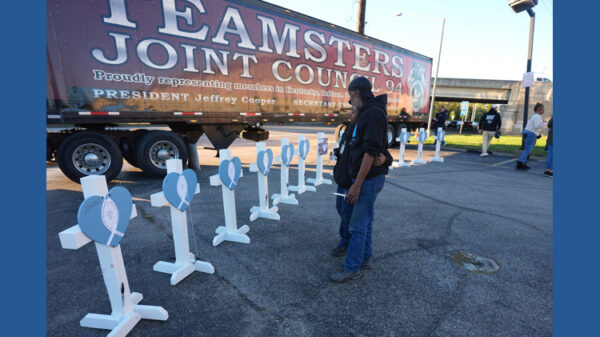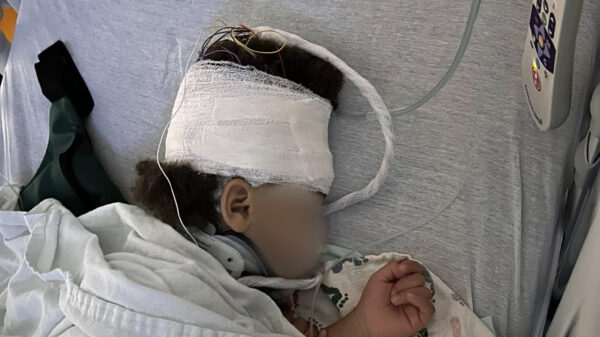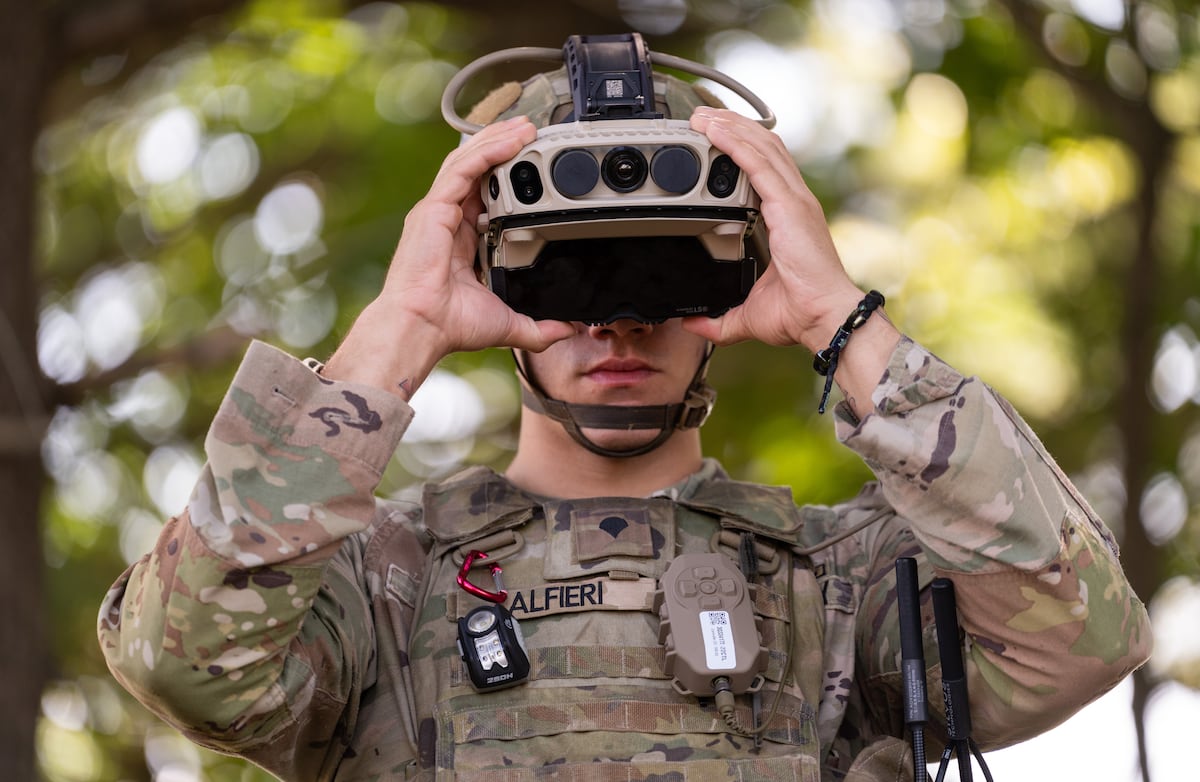The Program Executive Office-Soldier (PEO-Soldier) has introduced a range of advanced equipment aimed at enhancing soldier performance and safety in 2025 and beyond. This includes upgraded body armor, new medical devices, and improved cold weather gear. These innovations were highlighted in a recent meeting with Army Times prior to the Association of the U.S. Army Annual Meeting & Exposition.
Advanced Technology for Enhanced Situational Awareness
Among the most notable advancements is the Integrated Visual Augmentation System, now branded as the Soldier Borne Mission Command. This device will transition from a goggle configuration to a more compact glasses version, providing soldiers with a clearer heads-up display. In September 2023, Rivet secured a contract worth $195 million to develop this next-generation situational awareness platform for dismounted units, focusing on company-level operations and below.
Additionally, Anduril received a $159 million contract for an initial prototyping phase to create a night vision and mixed reality system as part of this initiative. Each company is expected to deliver 70 systems by March 2024 for evaluation, with a goal to finalize the new hardware architecture by the fourth quarter of fiscal 2027, according to Lt. Col. Mark May.
Innovative Munitions and Soldier Protection
PEO-Soldier is also developing the Purpose Built Attritable Systems, a loitering munition system that includes multiple quadcopters for tactical operations. This system can be configured for various missions, including one-way attacks or delivering munitions. “I wouldn’t say you fly this, you shoot it,” explained Lt. Col. Will Taylor. “It’s not your typical drone. It’s a munition.” The larger Switchblade 600, featuring a Javelin warhead capable of targeting armored vehicles, is also being deployed. The Army has already fielded 138 devices across 12 units, with 1,600 units on order for future deployment.
In terms of soldier safety, the new Lightweight Small Arms Protective Inserts (LSAPI) provide the same ballistic protection as the Enhanced Small Arms Protective Inserts (ESAPI) while reducing weight by 1.5 pounds. The Army has allocated $65.5 million for the production of 72,179 LSAPI plates, marking a significant shift towards lighter body armor.
Additionally, helmet pads have been redesigned to enhance comfort and customization for soldiers, with new fittings for tactical communications equipment.
Preparation for Cold Weather Operations
As soldiers prepare for operations in cold environments, PEO-Soldier is testing a new range of tactical clothing, snowshoes, and skis this winter. The aim is to equip units with state-of-the-art gear by fiscal 2028. Soldiers from the 3rd Brigade, 25th Infantry Division, and the 3rd Brigade, 82nd Airborne Division are currently evaluating a poncho designed to shield from electromagnetic detection.
Medical care in the field is also being improved with the introduction of innovative devices. The Sparrow ventilator, which automates respiration, is among the new medical technologies being deployed. Portable blood coolers and freezers are also now available, enabling medics to create ice packs for blood delivery in the field.
A new blast overpressure system is under development to monitor soldiers’ exposure to explosive blasts over time, while a medical trauma sensor will track vital signs such as blood oxygen saturation and pulse. This data will assist medical personnel in quickly identifying health issues, using objective metrics and algorithms.
These advancements by PEO-Soldier signify a substantial commitment to enhancing the capabilities and safety of soldiers, paving the way for a more effective and responsive military force in the years ahead.





































































